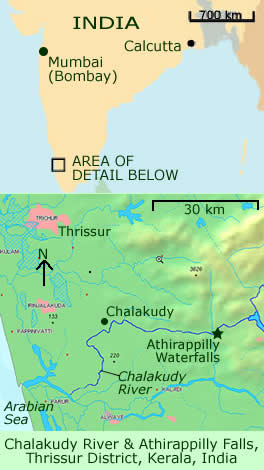A prominent Ladakhi Buddhist scholar and spiritual leader will be giving a lecture at Colorado College in Colorado Springs on March 27th. The Buddhist monk Khen Rinpoche Lozang Tsetan will be speaking on the main floor of Gaylord Hall, at the Worner Campus Center, 902 Cascade Ave., at 7:00 PM. The presentation is open to the public.
According to the news post on the college website, the renowned lama will have a public conversation with Prof. David Gardiner of the Religion Department at the College. He will be presenting Buddhist perspectives on forgiveness, love, and compassion, issues that are quite important to Ladakhis.
Khen Rinpoche Geshe Kachen Lobzang Tsetan (spelled in the manner of his own website) was born in Ladakh in 1936 and has been devoted to higher learning in Buddhist studies. For several decades he has been teaching and lecturing in the United States from October through June, and returning to Ladakh to teach at the Sidhartha School Project in the summer.
In 2005 His Holiness the Dalai Lama asked him to accept the position of head abbot of the Tashi Lhumpo Monastery in exile, located in southern India. The original Tashi Lhumpo Monastery, in Shigatse, Tibet, is the seat of the Panchen Lama, the second highest monastic position in Tibetan Buddhism. However, the current Panchen Lama was taken into custody by the Chinese government when he was four years old, and has not been heard from since. In essence, Lobzang Tsetan is the stand-in for the Panchen Lama at the Tashi Lhumpo Monastery in India.
 On Monday, February 23, the Forum began the series of meetings with a
On Monday, February 23, the Forum began the series of meetings with a 